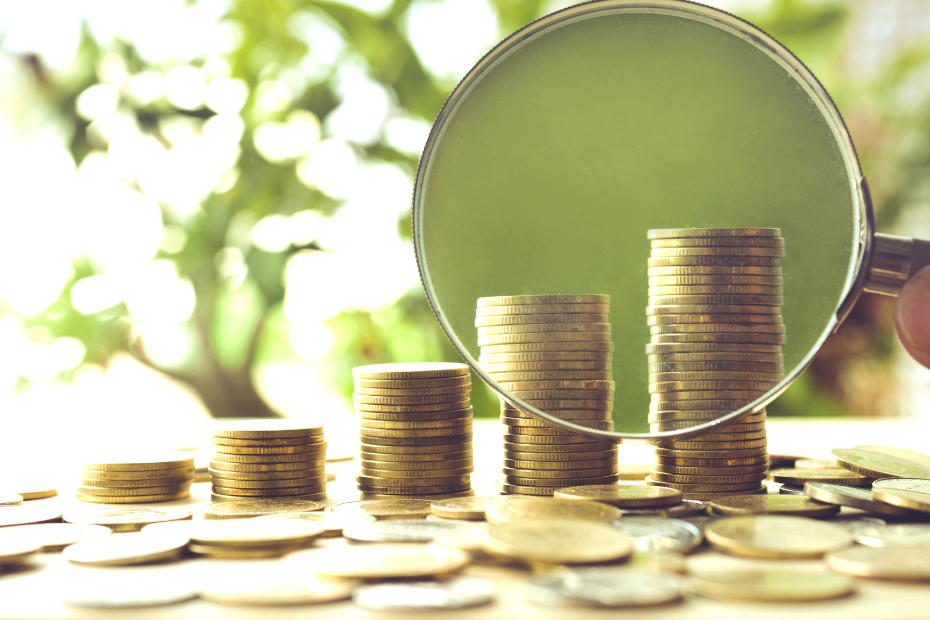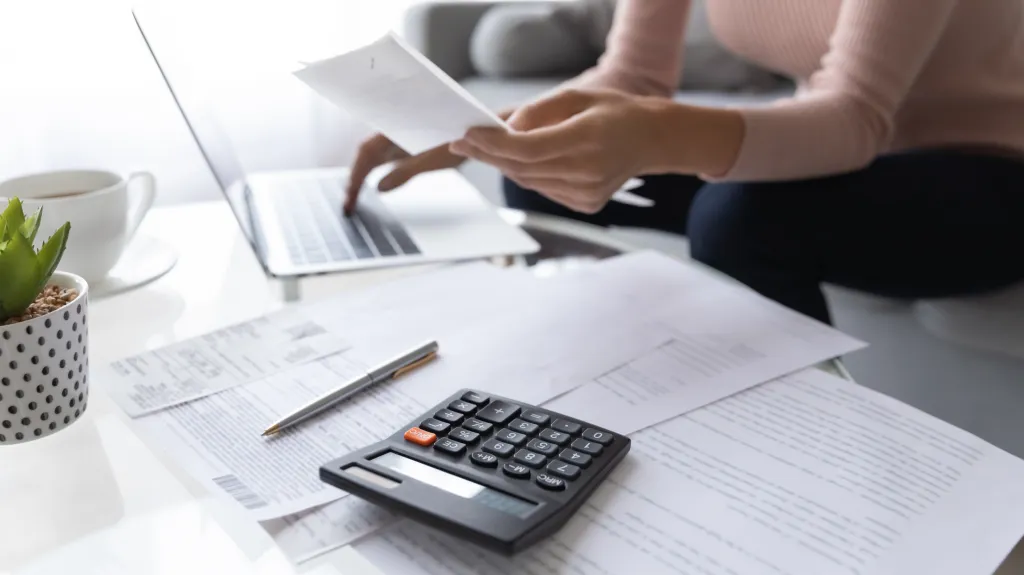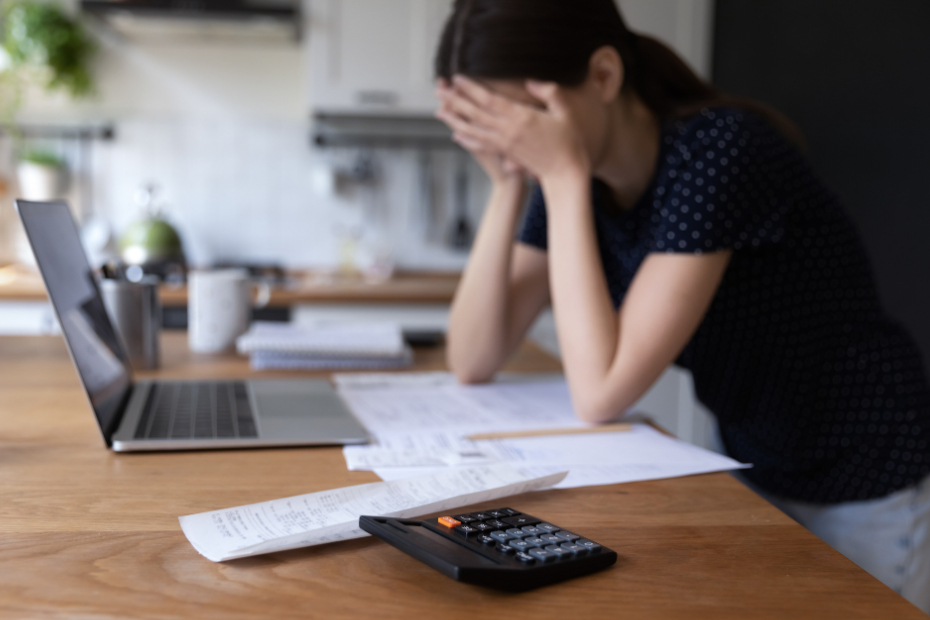Published July 28, 2023 • 3 Min Read
If you’ve gone through the challenging process of bankruptcy, it might feel like your financial world has crumbled around you, but rebuilding your credit after bankruptcy is possible — and you can start immediately.
Here are some effective techniques to help you rebuild your credit score after bankruptcy.
Establish a budget and stick to it
Like many financial goals, an essential step in rebuilding your credit is creating a realistic budget considering your income and expenses. Track your spending habits and reduce unnecessary expenses to ensure you have enough money to cover your bills and obligations on time.
Pay your bills on time
Always paying your bills on time is vital to rebuilding credit after bankruptcy. Late payments can significantly lower your credit score. Set up automatic payments or reminders to ensure you never miss a due date. Over time, your timely payments will show your financial responsibility and boost your creditworthiness.
Find a credit card solution for your situation
There are a couple of credit card options that may help you start to rebuild your credit:
-
Secured credit cards require a cash deposit as collateral, usually equal to the credit limit
-
Co-signing a credit card with a trusted friend or family member. The co-signer will be taking the risk to their credit rating, which may hurt your relationships.
-
Becoming an authorized user on someone else’s credit card account. So long as authorized users are reported to credit organizations, it could be a way to slowly build your credit back.
Apply for a credit-builder loan
Credit-builder loans are designed for individuals who need help building their credit. They can help students or newcomers with low or no credit history, but they also may work for you to help rebuild your credit after bankruptcy. With this type of loan, you borrow a small amount from a lender and make regular monthly payments over a set period. The lender reports your payments to the credit bureaus, helping to establish a positive payment history. Once the loan is repaid, you’ll have a stronger credit profile.
Monitor your credit report
Regularly checking your credit report is essential, especially during the credit-rebuilding process. Obtain a free copy of your credit report from each of the major credit bureaus (Equifax and TransUnion) and review them for any errors or discrepancies. If you find any errors, report them to the credit bureau to have them corrected.
Did you know? As an RBC Online Banking client, you get FREE access to the TransUnion CreditView Dashboard, where you can view your current credit score and learn how different types of credit can impact it over time.
Rebuilding credit after bankruptcy is a journey, but by managing your finances wisely, you’ll be on the path to rebuilding your credit. Stay committed to your financial goals, and before you know it, you’ll be on your way to a brighter and more stable financial future.
This article is intended as general information only and is not to be relied upon as constituting legal, financial or other professional advice. A professional advisor should be consulted regarding your specific situation. Information presented is believed to be factual and up-to-date but we do not guarantee its accuracy and it should not be regarded as a complete analysis of the subjects discussed. All expressions of opinion reflect the judgment of the authors as of the date of publication and are subject to change. No endorsement of any third parties or their advice, opinions, information, products or services is expressly given or implied by Royal Bank of Canada or any of its affiliates.
Share This Article






